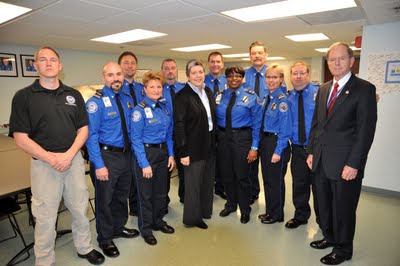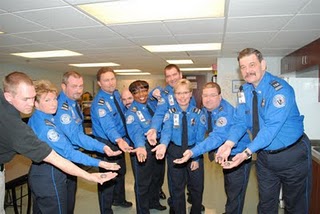FEMA Blog: Our Role: Continuing to Support Ongoing Flood Fight
As we continue to support the response to the severe storms that affected the Southeast earlier this month, we are also continuing to closely monitor the ongoing flood fight along the Mississippi River Valley, its tributaries and other low-lying areas.
Historic flood levels have been set at many locations where the river has crested, and thousands of Americans are continuing to be affected. Here's a rundown of what we’re doing to support the flood fight, and what you can do if you live an area at risk for flooding:
What we're doing
Through our regional offices in Atlanta, Ga., Chicago, Ill., Denton, Texas, and Kansas City, Mo., we remain in close contact and coordination with our state and local partners in all of the areas affected by, or potentially impacted by, flooding. And as the crest moves down the Mississippi River, we will continue to coordinate closely with officials from the states of Tennessee, Mississippi, Arkansas, and Louisiana.
At the request of the states, we currently have staff on the ground in Arkansas, Illinois, Kentucky, Louisiana, Mississippi, Missouri and Tennessee working with state emergency management partners, to coordinate federal support. Last week, President Obama declared emergency declarations for Mississippi, Tennessee and Louisiana, and a major disaster declaration for Kentucky, allowing the federal government to support emergency measures to save lives and to protect property and public health and safety.
In addition to personnel on the ground, we're also sending supplies to a pre-determined staging area in western Kentucky to ensure the needed supplies are located close to the affected areas. Here’s a quick look at the supplies at the staging area so far:
- More than 720,000 meals,
- More than 460,000 thousand liters of water,
- More than 39,000 blankets,
- More than 20,000 tarps and
- More than 14,000 cots.

Nashville, TN, May 4, 2010 -- An aerial photograph shows the extensive flood damage to Nashville during last May's flooding.
What you can do
If you live in an area that may be affected, follow the directions of local officials (including evacuation orders), as record flood levels are anticipated as the crest continues to move down river.
The National Weather Service remains the source for official weather information, and has issued flood warnings across several states, from Cairo, Ill. to Baton Rouge, La., including Indiana, Illinois, Kentucky, Tennessee, Arkansas, Mississippi, and Louisiana as rivers are forecast to crest over the next few weeks. You can track your local forecast at www.weather.gov or on your phone at http://mobile.weather.gov.
Become familiar with the terms that are used to identify a flooding hazard and discuss with your family what to do if a flood watch or warning is issued:
- Flood Watch: Flooding is possible. Tune in to NOAA Weather Radio, commercial radio, or television for information
- Flash Flood Watch: Flash flooding is possible. Be prepared to move to higher ground; listen to NOAA Weather Radio, commercial radio, or television for information.
- Flood Warning: Flooding is occurring or will occur soon; if advised to evacuate, do so immediately.
- Flash Flood Warning: A flash flood is occurring; seek higher ground on foot immediately.





